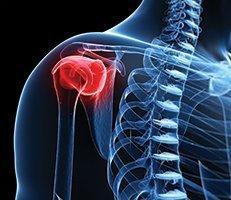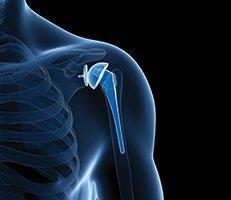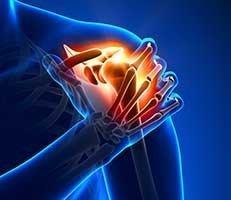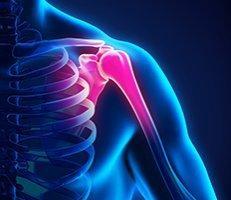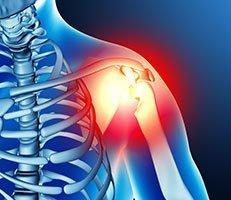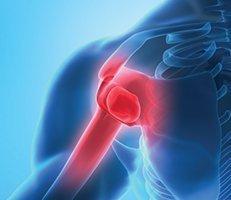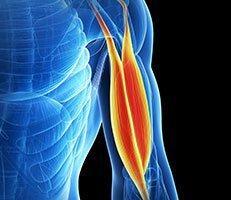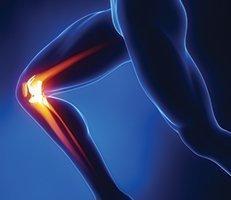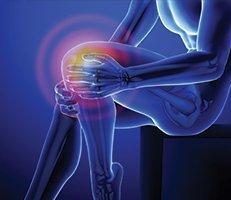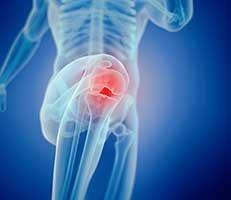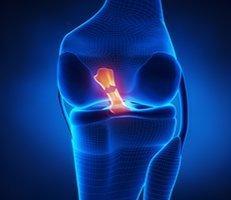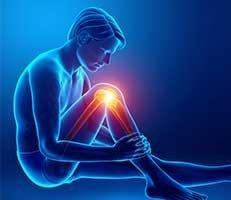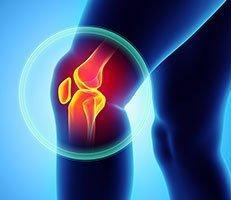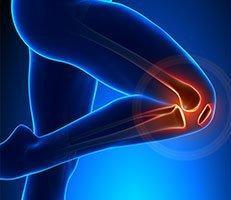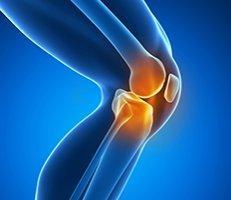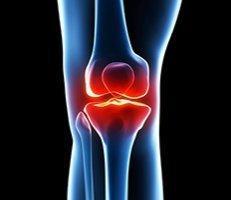The ACL (anterior cruciate ligament) is one of the largest ligaments in the body and provides stability and support to the knee. It is estimated that over 200,000 people suffer some form of injury to the ACL, with as many as 100,000 or more requiring some form of ACL rupture treatment.
ACL Rupture Treatment
The terms “ACL tear” and “rupture” are often used interchangeably, and while they can mean the same thing, the difference with a tear is that it can be a partial tear in the ligament, as opposed to a complete rupture.
For active people who suffer a ruptured ACL, whether professional athletes or amateur sports enthusiasts, surgery is a common course of treatment, followed by some level of physical therapy and post-surgical rehab. While some people may opt to forgo surgery for more conservative forms of treatment, studies have shown that surgical reconstruction of the ACL often yields better results and restored functionality of the knee over time.
ACL ruptures and tears are commonly associated with professional athletes and individuals who play sports, particularly baseball, basketball, and skiing. However, anyone can suffer an ACL tear or rupture through a forceful, jarring or pivoting motion of the knee.
When surgery is used to reconstruct the injury, an orthopedic surgeon will usually use a graft through a method known as arthroscopic surgery. A graft is tissue sourced either from another part of the patient’s own body (known as an autograft,) or from what is known as “donor” tissue, usually from a cadaver (allograft.)
Most healthy and reasonably fit individuals who follow an appropriate recovery and treatment plan recover from ACL surgery with the ability to continue participating in their sports and physical activities of choice.
Next, click here to learn more about an ACL tear surgeon.

